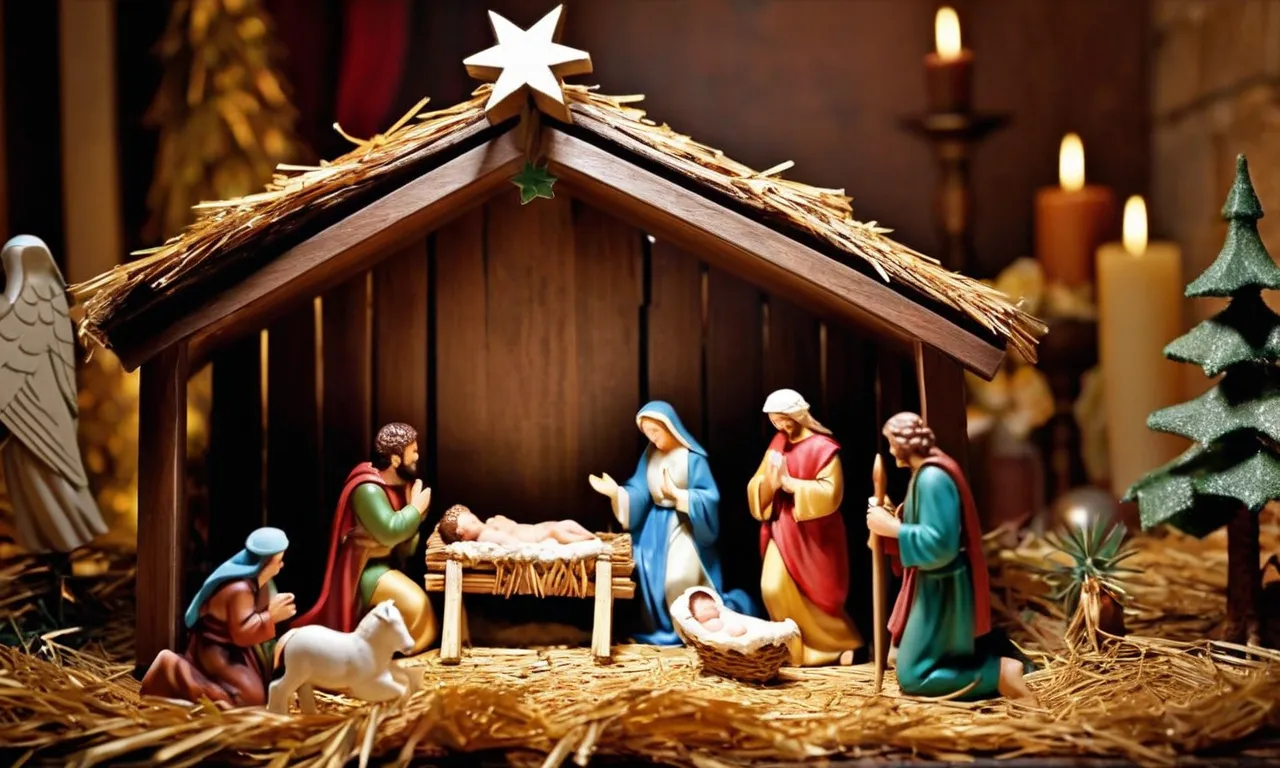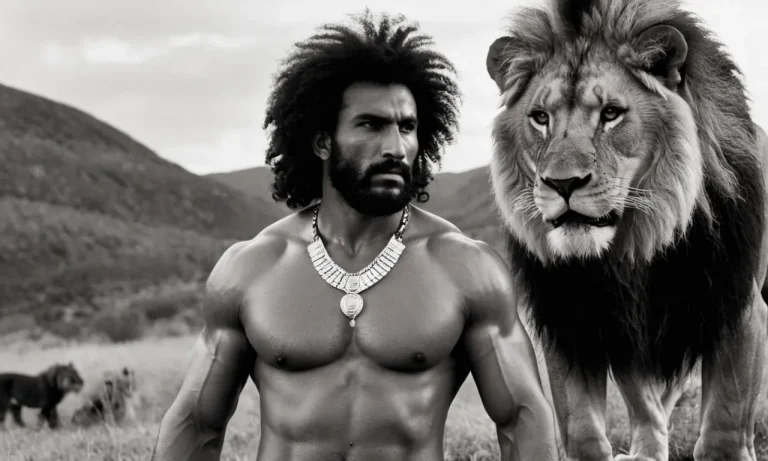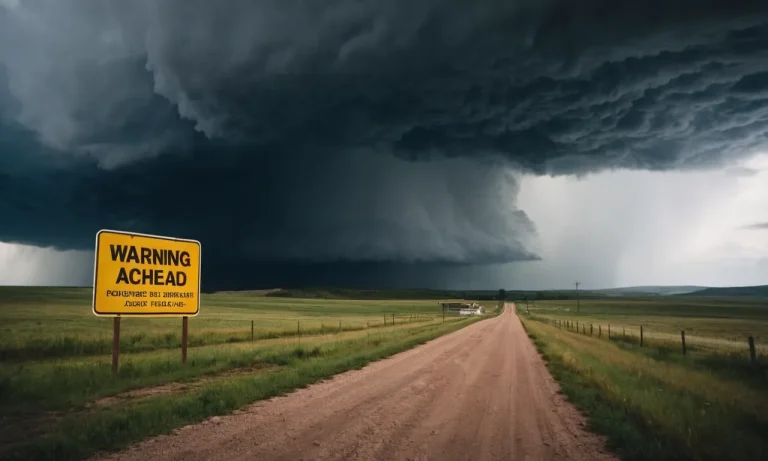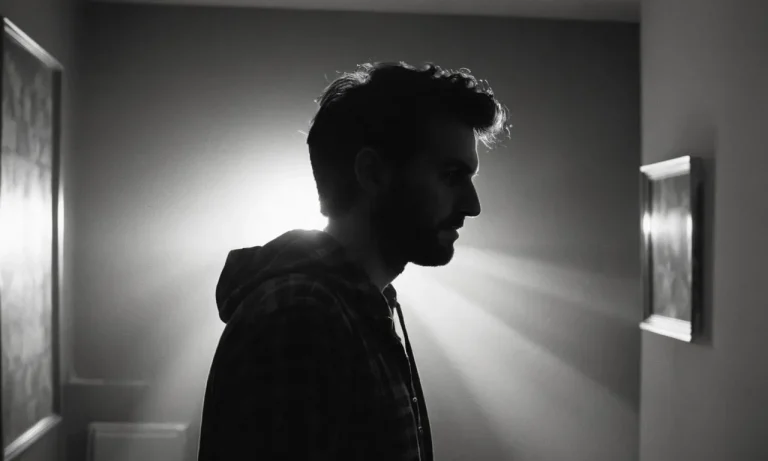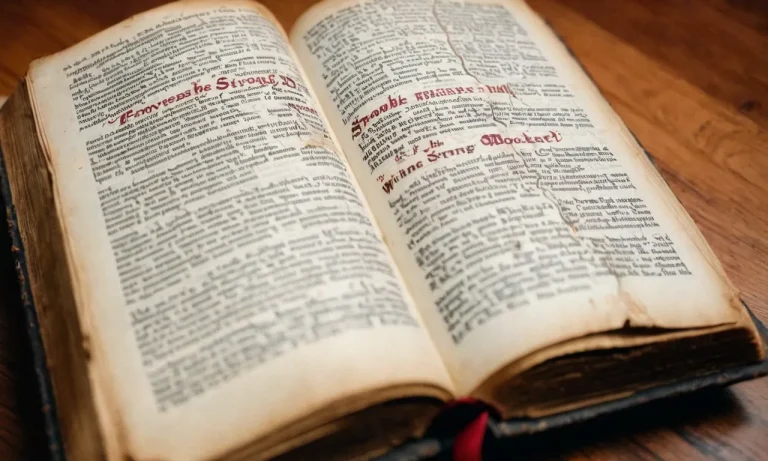What Does Christmas Have To Do With Jesus?
The festive season of Christmas brings joy and merriment to millions around the world every year. But behind the glittering decorations, gifts, and parties lies an interesting history intertwined with the birth of Jesus Christ.
If you’re short on time, here’s a quick answer: Christmas celebrates the birth of Jesus Christ, the central figure of Christianity. The name itself contains the phrase ‘Christ Mass’, pointing to its Christian origins.
In this article, we will explore the religious and historical significance of Christmas and its close connection to Jesus. We will cover the origins of Christmas, the biblical story of Christ’s birth, the establishment of Christmas as a Christian celebration, common Christmas symbols and their meanings, and the evolution of Christmas festivities over time while retaining its Christian essence.
The Origins and History Behind Christmas
Date of Christmas
The exact date of Jesus’ birth is unknown. The earliest recorded Christmas celebration was in 336 AD in Rome. Several factors contributed to the selection of December 25th as Christmas day. It was around the same time as the winter solstice, which was important in several ancient religions.
Many early Christians thought March 25th was the date of Jesus’ conception, which meant his birth would have been 9 months later on December 25th. The Roman festivals Saturnalia and Natalis Solis Invicti, which both took place in late December, also influenced the timing.
By the 4th century, December 25th had become widely accepted as Jesus’ birthday.
Pagan Influences and Practices
Many Christmas traditions have origins in pagan winter festivals. The ancient Germanic peoples had a midwinter event called Yule. When Christianity spread to northern Europe, elements of Yule were incorporated into Christmas celebrations.
Decorating with evergreens, gift giving, feasting, Yule logs, and caroling can all be traced back to Yule traditions. Other pagan solstice festivals like Saturnalia and Dies Natalis Solis Invicti contributed holiday customs like elaborate banquets and exchanging gifts.
Over time, these pagan traditions became absorbed into Christmas rituals.
Jesus Christ and His Significance
While Christmas absorbed pagan traditions, Christ remained at the heart of the celebration. Jesus is the Son of God in Christian belief, prophesied in the Old Testament and born to the Virgin Mary. His life and teachings are found in the Bible’s New Testament.
Jesus’ birth as the Messiah is central to Christianity and Christmas. The word Christmas comes from the Old English phrase Cristes maesse or “Christ’s mass.” Although the Gospels don’t mention the date of Jesus’ birth, Christmas celebrates it as a fulfillment of prophecy that a savior would be born bringing peace, joy, and salvation.
Nativity scenes, carols, church services, and Scripture readings are traditions that focus on honoring Christ during the Christmas season.
The Biblical Story of Jesus’ Birth
The Prophecy of a Messiah
The story of Christmas begins hundreds of years before Jesus’ birth, with Old Testament prophecies about a coming Messiah. Several passages in the books of Isaiah and Micah mention a ruler who would come from Bethlehem and rule Israel, bringing peace (Isaiah 9:6-7; Micah 5:2).
These messianic prophecies created anticipation among the Israelites for the Messiah’s arrival to deliver them.
Mary and Joseph
In the Gospels, Mary and Joseph were a Jewish couple living in Nazareth who were betrothed. According to Luke’s account, the angel Gabriel visited Mary and declared she would give birth to Jesus, the Son of God, by a miracle of the Holy Spirit (Luke 1:26-38).
Gabriel also appeared to Joseph telling him to stay with Mary (Matthew 1:18-25). Though nervous as a young betrothed couple with Mary expecting, they trusted in God’s plan.
The Nativity Story
The familiar details about Jesus’ birth come from Matthew and Luke’s Gospels. Mary and Joseph traveled from Nazareth to Joseph’s ancestral town, Bethlehem, to comply with a Roman census. Unable to find lodging, they took shelter in a stable where Mary gave birth and laid baby Jesus in a manger.
According to Luke, an angel appeared to nearby shepherds announcing the Savior’s birth then joined by a multitude of angels praising God in heaven. The shepherds visited the stable to see Jesus.
After Jesus’ birth, wise men from the East followed a star that led them to Bethlehem bearing gifts for the newborn King. However, Mary and Joseph had moved from the stable to a house by this time (Matthew 2:1-12).
These familiar scenes and images make up the story of the first Christmas, showing that Jesus was born to be the promised Savior.
The Establishment of Christmas as a Christian Holiday
Early Celebrations in the Roman Empire
In the early centuries of the Roman Empire, winter solstice festivals were popular. These pagan celebrations generally involved merriment, feasting, and gift giving. When Christianity spread throughout the empire, church leaders found it easier to incorporate existing festivals into the Christian calendar rather than eliminate them altogether.
Thus, the birthday of Jesus came to be celebrated at the same time as traditional winter solstice festivals.
The Spread Through Europe
As Christianity spread throughout Europe in the Middle Ages, Christmas celebrations became more widespread. Since travel was difficult in winter, the Christmas season gave people a rare opportunity to gather with family members who lived far away.
Such gatherings emphasized food, dance, games, and gifts. Santa Claus has his origins in European folklore and legend. The practice of decorating evergreen trees started in Germany in the 16th century.
Christmas Traditions Over the Centuries
Over the centuries, Christmas absorbed customs from pre-Christian winter celebrations such as Yule and Saturnalia. Traditions like Christmas trees, gift giving, Christmas cards, and Santa Claus grew increasingly popular in the 1800s.
Some Christmas traditions have their roots in ancient Roman and medieval European practices. For example, hanging mistletoe comes from Saturnalia and Druid rituals. Caroling originated as ancient wassailing rhymes.
Major feasts on Christmas Day were replaced with simpler family meals in the modern era. Although Christmas became an official holiday much later in some countries, it is now celebrated across the globe, both as a religious and secular holiday.
Christmas Symbols and Their Significance
The Christmas Star
The Christmas star symbolizes the Star of Bethlehem that led the three wise men, also known as the three magi or three kings, to the baby Jesus. It is traditionally the first symbol to appear on the top of the Christmas tree as it signified Jesus’ birth (Luke 2:7). The star reminds us of the journey to find and worship Jesus Christ.
The Christmas Tree
The tradition of decorating Christmas trees originated in 16th century Germany. The evergreen fir tree symbolizes eternal life through Jesus Christ. The decorations and lights represent God’s love and Jesus being the light of the world (John 8:12). Today, the Christmas tree is the most popular Christmas tradition with roughly 94 million American families displaying Christmas trees in their homes each holiday season according to Statista Research Department, 2022.
Santa Claus
Santa Claus is based on Saint Nicholas of Myra, a 4th century Greek Christian bishop known for his generosity to the poor. His red costume comes from the red robes worn by Christian bishops. Santa brings gifts to children on Christmas Eve to celebrate the greatest gift from God – the birth of Jesus Christ (John 3:16). He serves as a magical and cheerful reminder of giving not just during Christmas but all year round.
Today, there are roughly 30,000 Santas working in the United States during the holiday season according to The Economic Times.
Modern Christmas Customs and Jesus’ Essence
Exchanging Gifts
The tradition of exchanging gifts has become a hallmark of the Christmas season. But how does this custom connect back to the essence of Jesus? Gift giving reminds us of God’s ultimate gift to humankind – the gift of his son Jesus (John 3:16).
It also reflects Jesus’ message of love, peace, and generosity. As it says in Acts 20:35, “It is more blessed to give than to receive.” So while the flurry of gift exchanges has become commercialized, at its core, it echoes Christ’s spirit of selfless giving.
Christmas Carols
Joyful Christmas carols are the soundtrack to the season. From melodies about the Christmas star guiding the wise men to songs praising the newborn king, carols remind us that Jesus is the reason for the season. The popular carol “Hark!
The Herald Angels Sing” encapsulates the angel’s announcement to the shepherds about Jesus’ birth. “O Come All Ye Faithful” calls all to come worship the newborn savior. So whether singing in churches, around neighborhood trees, or even through mall speakers, these melodies infuse the Christmas spirit into communities far and wide.
Nativity Scenes and Plays
What Christmas decoration could be more central to the season’s meaning than the nativity scene? Miniature figurines of Mary, Joseph, baby Jesus, and sometimes angels, shepherds, wise men, and animals recreate the iconic barnyard scene.
According to a 2021 survey, over 68% of US households display a nativity scene each Christmas. Churches and schools also perform live nativity plays, allowing children and communities to directly connect with the Christmas narrative.
These visible reminders of Jesus’ humble birth push back against the commercialism of the season. They recentering our focus as we reflect each December on the arrival of Emmanuel – God with us.
Conclusion
And there you have it – a comprehensive look at the origins of Christmas and its enduring connection to the birth of Jesus Christ. Over the centuries, many secular Christmas customs and practices have been added to the occasion.
But at its heart, the holiday continues to celebrate the nativity story and the life of the central figure in Christianity.
The prophecy of the messiah, his humble birth, teachings, and sacrifice form the essence of the Christmas spirit, which transcends religious boundaries. Whether enjoying elaborate festivities or simple family gatherings, Christmas comes alive through spreading love, happiness, and the eternal message of hope and redemption embodied by Jesus.

